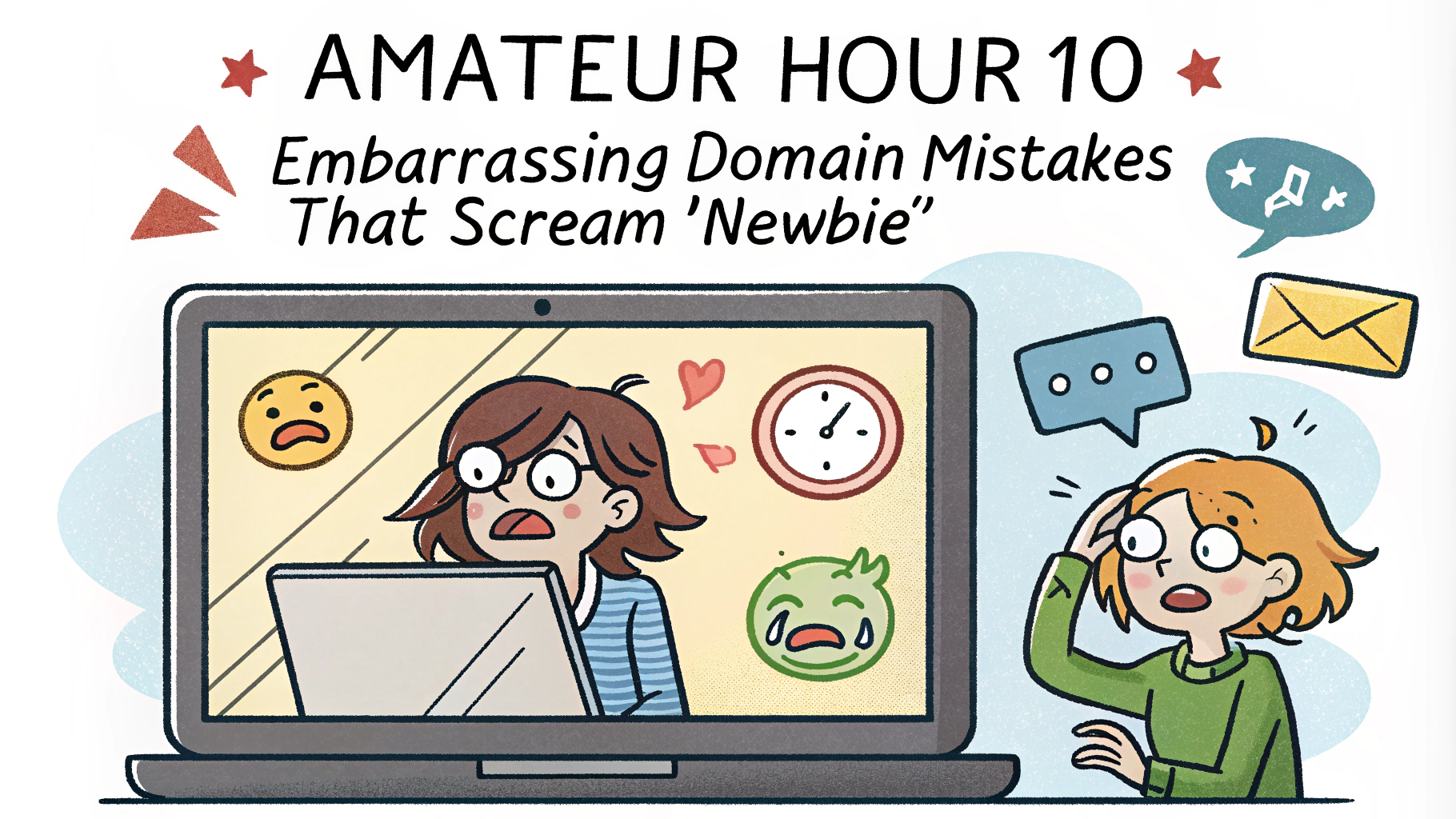DNS management might sound technical, but it’s essential for every domain owner. This guide breaks down the basics, helping you boost your website’s performance and security.
We’ll cover key DNS concepts, practical tips for managing your settings, and how to avoid common pitfalls. By the end, you’ll have the knowledge to make informed decisions about your domain’s DNS.
DNS (Domain Name System) acts like a phonebook for the internet. It translates human-readable domain names (like “example.com”) into IP addresses (like 192.0.2.1) that computers use to identify each other.
Key DNS terms to know:
- A Record: Points your domain to an IP address
- CNAME: Aliases one domain to another
- MX Record: Directs email to the correct server
- TTL (Time to Live): How long DNS information is cached
Understanding these basics helps you manage your domain more effectively.
Choosing the Right DNS Provider
Your DNS provider plays a crucial role in your website’s speed and uptime. Consider these factors when selecting a provider:
- Performance: Look for providers with fast global networks
- Reliability: Check uptime guarantees and redundancy
- Security: DNSSEC support and DDoS protection are important
- Ease of use: User-friendly interfaces make management simpler
Popular DNS providers include Cloudflare, Amazon Route 53, and Google Cloud DNS. Each offers unique features, so compare options based on your needs.
Optimizing DNS Settings for Performance
Proper DNS configuration can significantly improve your website’s speed and reliability. Here are some optimization tips:
- Lower TTL values for flexibility during changes (e.g., 300 seconds)
- Use CDN integration to serve content from nearby locations
- Implement DNS prefetching for faster page loads
- Consider ANAME or ALIAS records for root domain flexibility
Example: If you’re moving “myshop.com” to a new host, lower the TTL to 300 seconds a day before the switch. This ensures faster propagation of the new IP address.
DNS Propagation: Patience is Key
After making DNS changes, propagation can take up to 48 hours. During this time, some users might see old information while others see the update.
To check propagation status, use tools like WhatsMyDNS.net or DNS Checker. These show how your DNS is resolving across different global locations.
Mastering Domain Name Strategy
Your domain name is more than just an address. It’s a key part of your brand identity and online marketing strategy. Let’s explore how to choose and use domain names effectively.
- Brand consistency: Align your domain with your business name (e.g., nike.com)
- Memorability: Keep it short and easy to spell (e.g., etsy.com)
- Keywords: Include relevant terms if possible (e.g., buycars.com)
- TLD selection: Consider alternatives to .com (e.g., airbnb.fr for French market)
Tip: Use domain generators like Namecheap’s Beast Mode to brainstorm ideas based on keywords.
Domain Privacy and Security Best Practices
Protecting your domain is crucial for maintaining your online presence and preventing fraud. Implement these security measures:
- WHOIS privacy: Hide personal information from public view
- Two-factor authentication: Add an extra layer of account security
- Domain locking: Prevent unauthorized transfers
- SSL certificates: Secure data transmission (e.g., https://example.com)
Example: GoDaddy offers a service called Domain Protection, which includes WHOIS privacy and additional security features.
Monitoring Domain Expiration
Set up auto-renewal and email alerts to avoid accidentally losing your domain. Many registrars offer these features for free.
Consider using a domain monitoring service like DomainTools to track changes and potential security issues across your domains.
Multi-Domain Strategies for Business Growth
As your business expands, you might need multiple domains. Here’s how to manage them effectively:
- Country-specific domains: Target local markets (e.g., amazon.co.uk, amazon.de)
- Product domains: Highlight specific offerings (e.g., gmail.com for Google)
- Defensive registrations: Protect your brand from typosquatting (e.g., goggle.com)
- Campaign domains: Create memorable URLs for marketing (e.g., howoldami.com by Microsoft)
Use a domain management platform like GoDaddy Pro to oversee multiple domains from a single dashboard.
Leveraging Subdomains for Site Organization
Subdomains can help structure your website and improve user experience. Common uses include:
- Blog: blog.example.com
- Support: help.example.com
- E-commerce: shop.example.com
- Regional sites: us.example.com, uk.example.com
Tip: Use consistent naming conventions for subdomains to maintain a cohesive brand experience.
SEO Considerations for Subdomains
While subdomains can be useful, they’re treated as separate entities by search engines. Consider using subdirectories (e.g., example.com/blog) for SEO benefits if content is closely related.
Use Google Search Console to monitor the performance of both your main domain and subdomains.
Domain Name Disputes and Trademark Issues
Protect your brand by understanding domain-related legal matters:
- Trademark searches: Conduct before registering a domain
- UDRP process: Resolve disputes over trademark-infringing domains
- Cease and desist: Address unauthorized use of your brand in domains
Example: Facebook successfully reclaimed facebook.com through UDRP after initially launching as thefacebook.com.
Consult with an intellectual property lawyer for complex domain disputes or trademark concerns.
Conclusion: Elevating Your Online Presence
Effective domain management is a cornerstone of a strong online presence. By implementing the strategies discussed, you’ll enhance your brand’s visibility, security, and overall impact.
Remember to:
- Regularly review and update your domain strategy
- Stay informed about new TLDs and domain technologies
- Prioritize security and privacy in all domain-related decisions
With these tools and knowledge, you’re well-equipped to make your mark in the digital world, one domain at a time.











